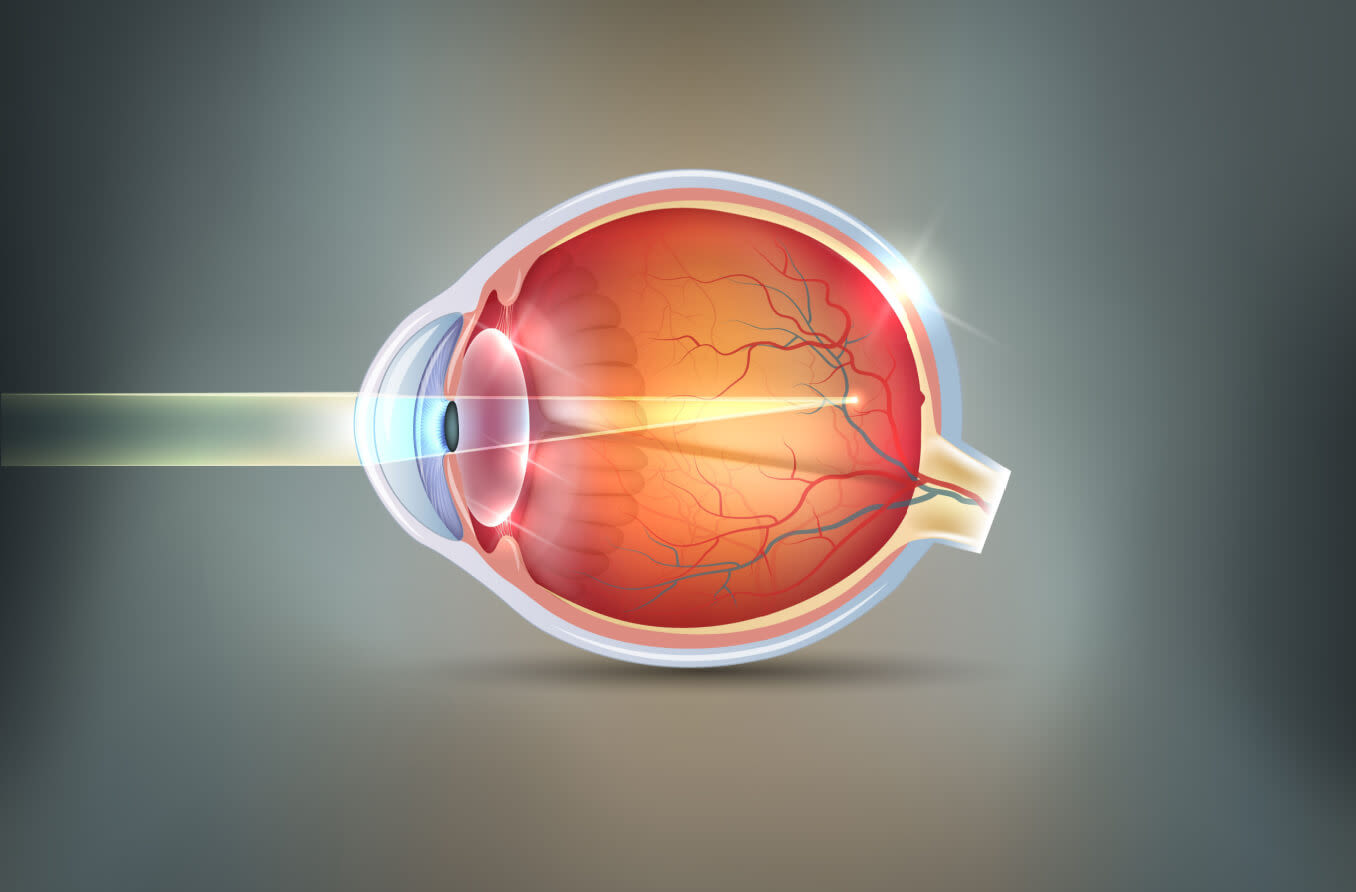Is short sightedness a disease?

Short sightedness (myopia) is not a disease. It is a refractive error, which means it is an optical condition that prevents the eye from properly bending (refracting) light so it correctly focuses on the retina for clear vision.
However, high degrees of myopia can increase a person's risk of certain eye diseases, such as glaucoma and retinal detachment.
In a myopic eye, light is focused too quickly. So light is focused in front of the retina, as a result, distant objects appear blurred while close objects are clear.
Myopia is a very common refractive error, especially in East Asian countries where up to 80 percent or more of populations are short-sighted. If current trends continue, half the world’s population is expected to be short-sighted by the year 2050.
Myopia typically starts to develop during childhood or the teenage years and can progress gradually or rapidly. The most common symptoms of myopia are squinting, eye strain, headaches and fatigue.
Genetics also plays a role in myopia. It's not unusual for generation after generation of the same family to be short-sighted but environmental factors also have an influence. A child who spends more hours indoors appears to have a greater risk of becoming short-sighted kids who spend more time outdoors.
It appears that any sustained near activities — such as reading and leisure time spent in front of screen media like computers and handheld video games — contributes to the risk of becoming short-sighted. One theory is that myopia actually is the eye’s way of adapting to this type of near focusing stress. [Read more about screen time and kids.]
The younger children are when they first become myopic, the higher their risk of becoming very myopic by the time they are adults. This is a serious concern because high myopia is associated with vision-threatening eye conditions, including glaucoma, cataracts and retinal detachment.
Fortunately, myopia is easily discovered during a routine eye test. Blurred vision caused by short-sightedness typically is easily corrected with glasses or contact lenses. There also are treatment options with special spectacles and contacts that are designed to slow the progression of myopia in kids (myopia control).
Myopia typically stops increasing in early adulthood. Once it has stabilised, LASIK, PRK and other refractive surgery procedures also are good treatment options.
Page published on Tuesday, 17 March 2020






